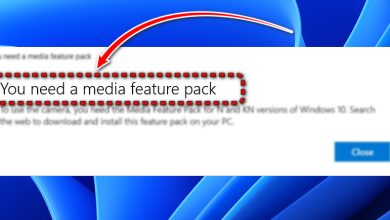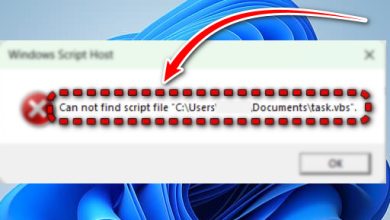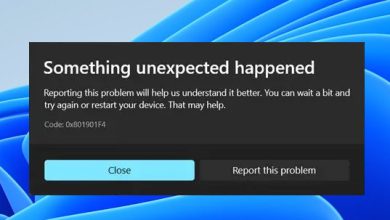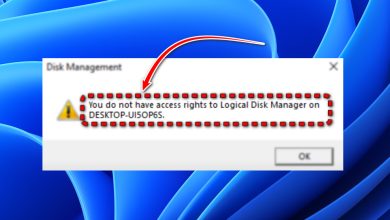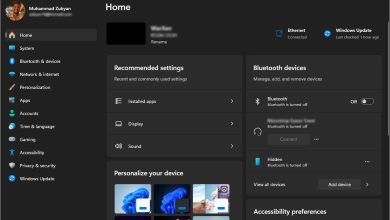How to Fix ‘Video Codec Not Supported’ Errors in Windows?
The “Video Codec Not Supported” error message appears when your media player or device cannot identify the necessary codec to process and display a specific video file format. A codec functions as a tool that compresses a video file to make it smaller and then decompresses it for viewing.
When this issue arises, you might encounter an error message and a completely black screen, although sometimes the audio might still play in the background. There are occasions when the video won’t open at all. This problem commonly occurs due to a missing codec, an outdated media player, a corrupted video file, or an incompatible file format.
1. Use a Different Media Player
Not all media players are equipped to handle every video and audio file format. For example, Windows Media Player doesn’t support FLV or FLAC files. Similarly, QuickTime Player is limited to WAV, MPEG, MOV, and AVI files and won’t work with WEBM and MKV formats.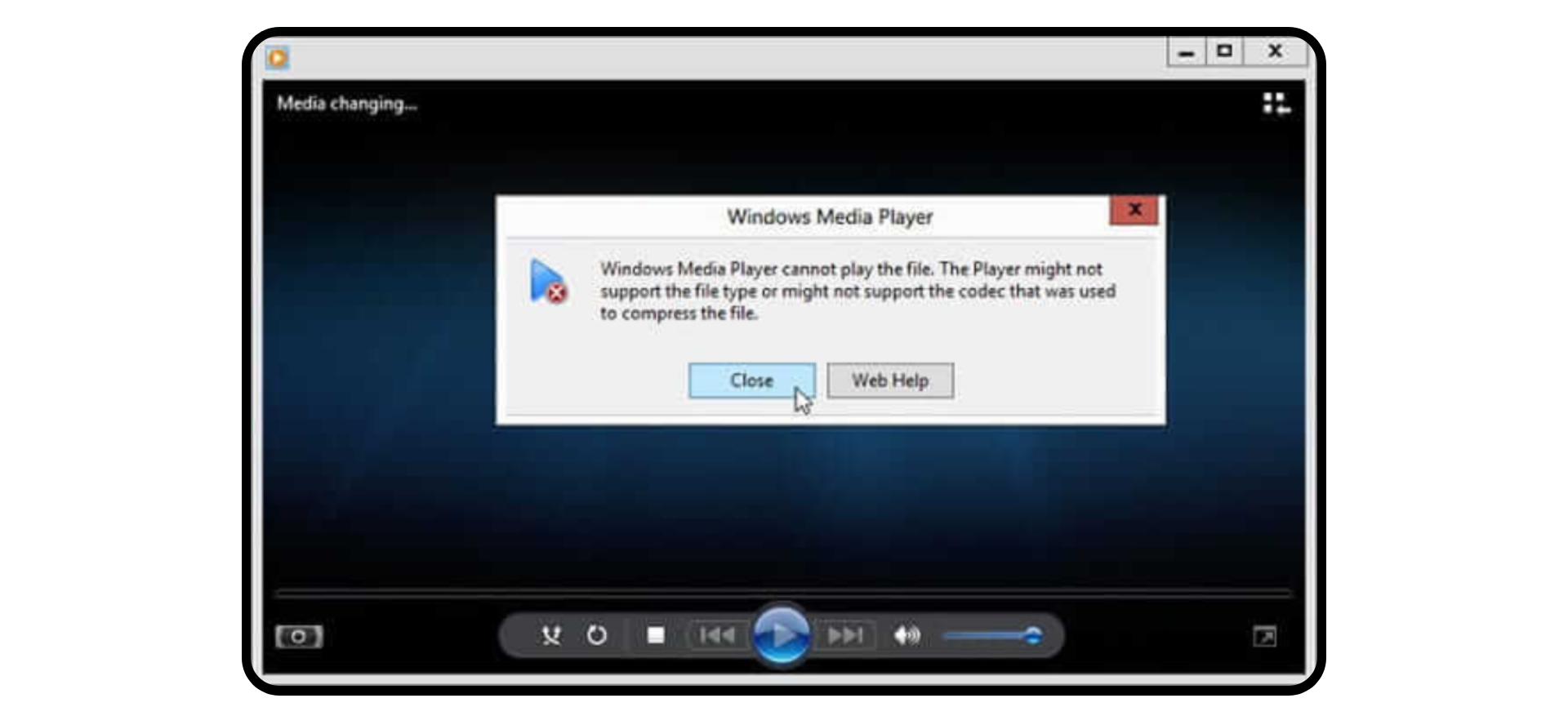
The VLC Media Player is versatile and supports most file formats, making it a reliable choice for most situations. Alternatively, you might consider using 5KPlayer, PotPlayer, MediaMonkey, or DivX. Each of these players has a different interface and offers a unique set of features.
2. Install the Missing Codec
If you’re missing a specific codec, consider manually installing it online. Media players like VLC and Windows Media Player can automatically download codecs by checking for available updates.
If you know the specific codec you need, you can manually download it from the web. However, be cautious of malicious ads that might redirect you to harmful websites. Many websites may promote their software, which can pose security risks to your system.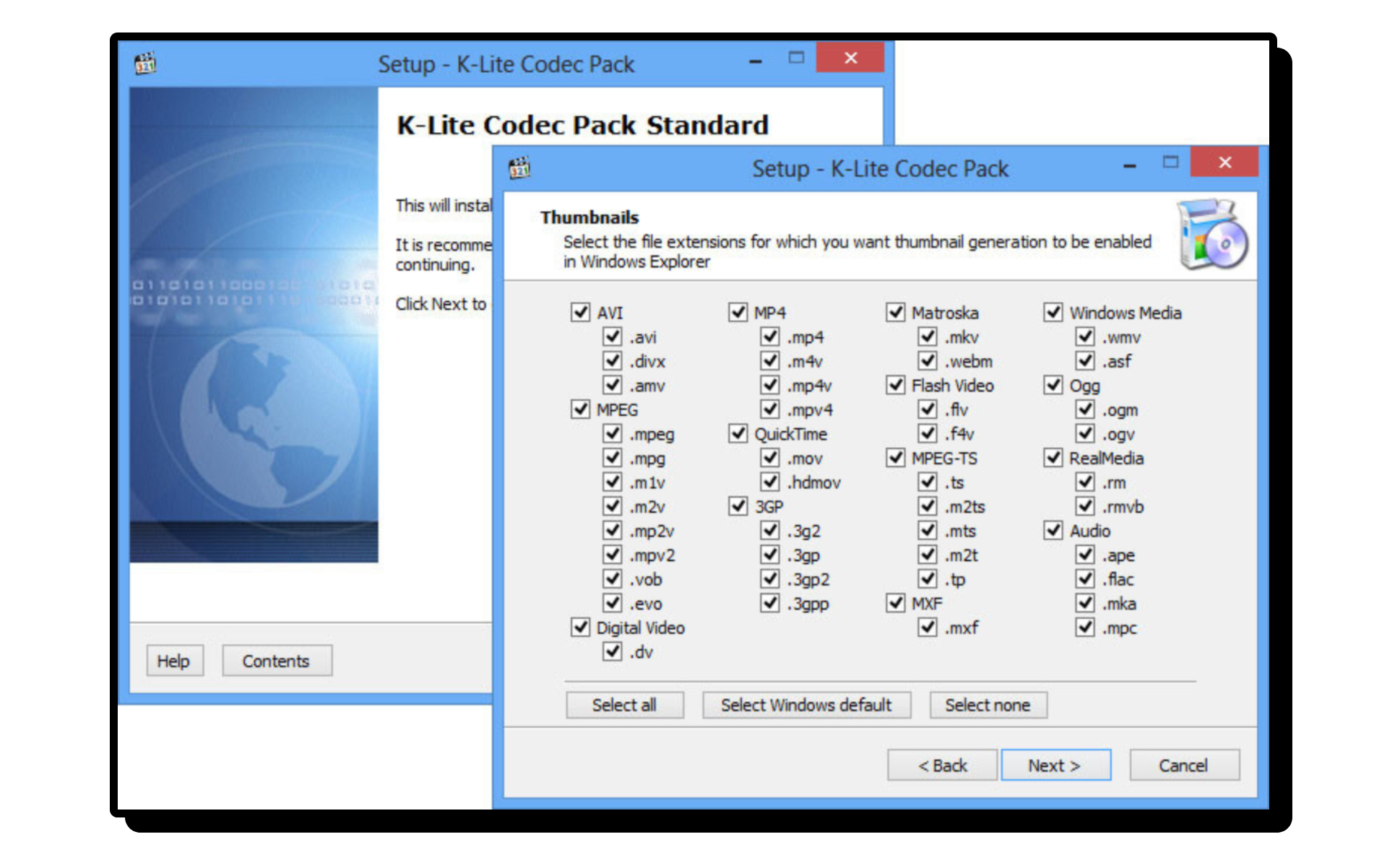
Instead of downloading a single codec, it’s recommended to install a full codec pack. This will include all necessary files for various video formats and could be beneficial in the future, as you won’t need to download separate codecs whenever a format isn’t supported. You can consider installing the K-Lite Codec Pack for Windows. For macOS, you can download Perian.
3. Convert the File to a Supported Format
If an appropriate codec isn’t available, or you prefer not to download an additional media player, consider converting your video file to a supported format. You can do this using offline software or online converters.
VLC has an integrated option for converting video files to different formats. Here’s how to do it:
- Open VLC, then click Media > Convert/Save from the top menu.
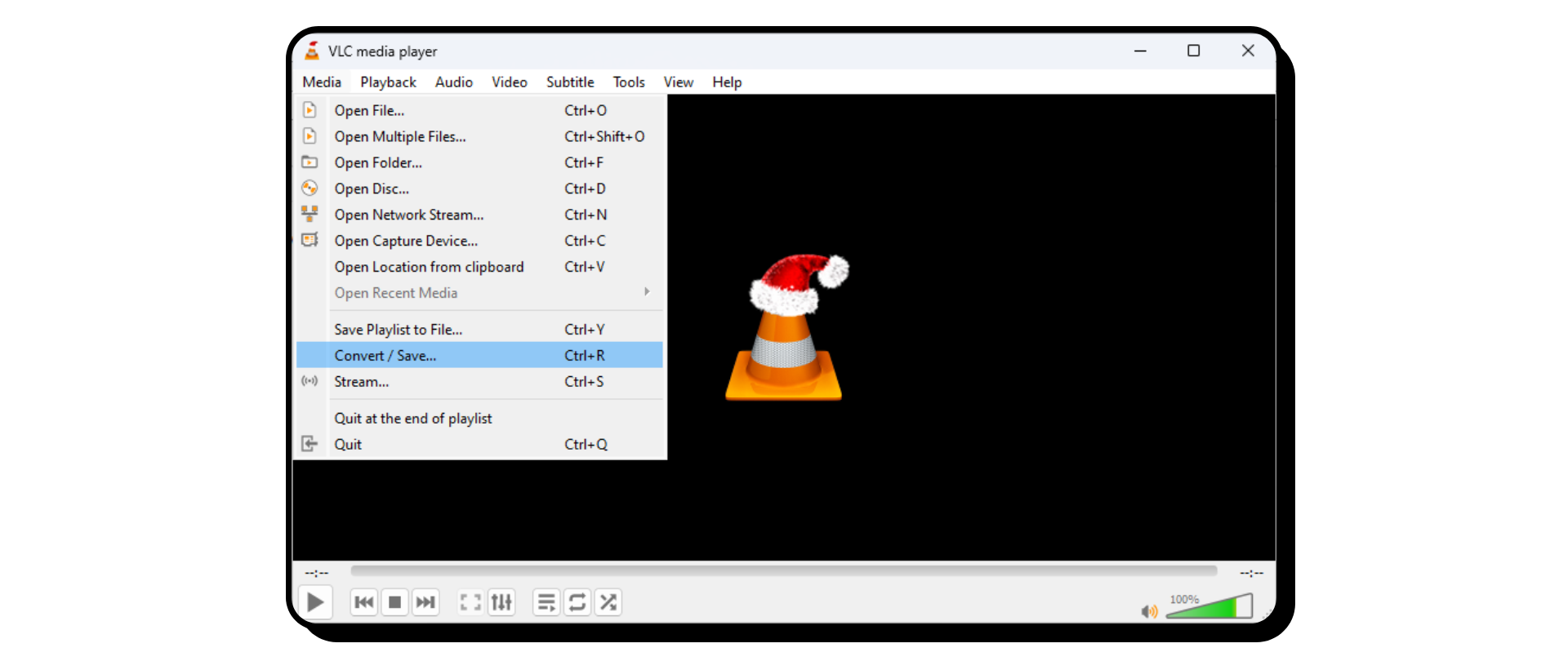
- Click Add to select your video file.
- Click Convert/Save.
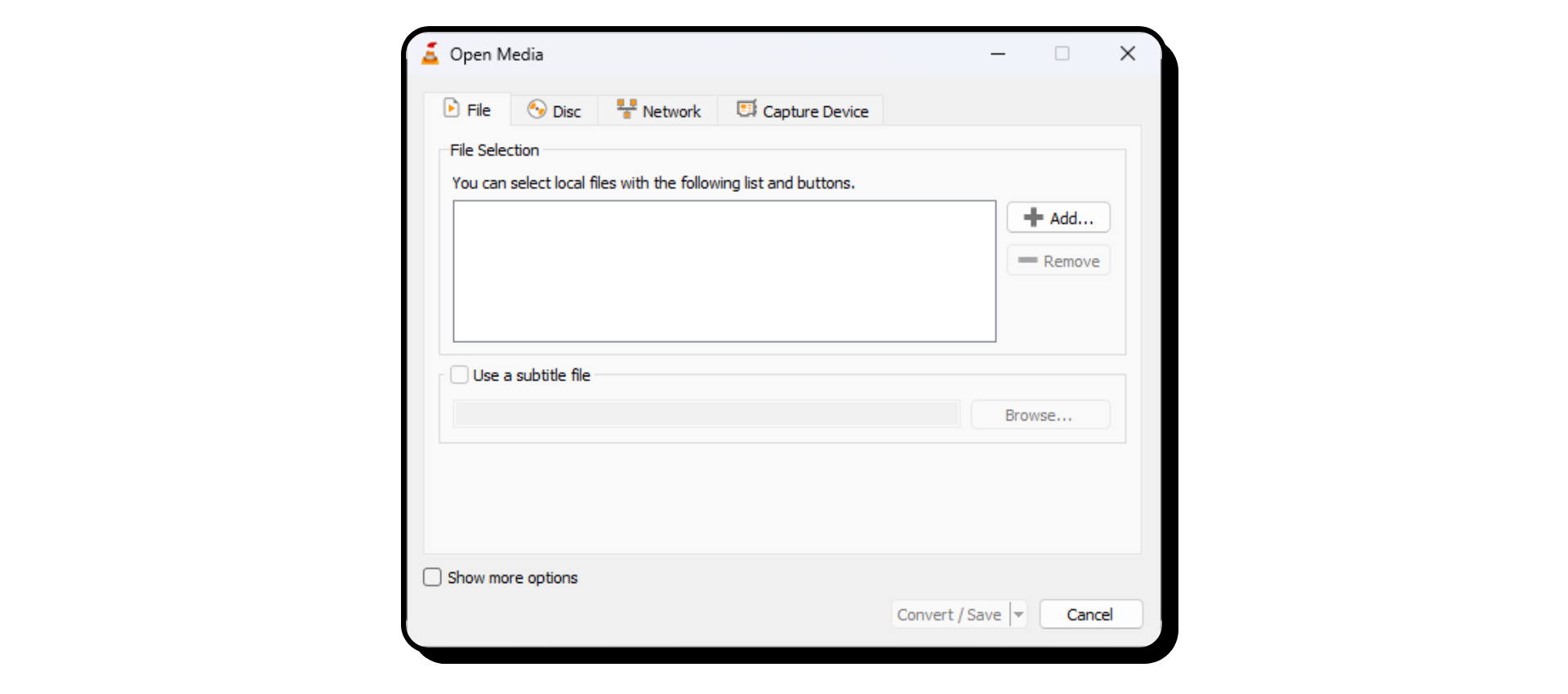
- In the Convert window, choose the desired video file format.
- Select the destination folder for the new file.
- Click Start.
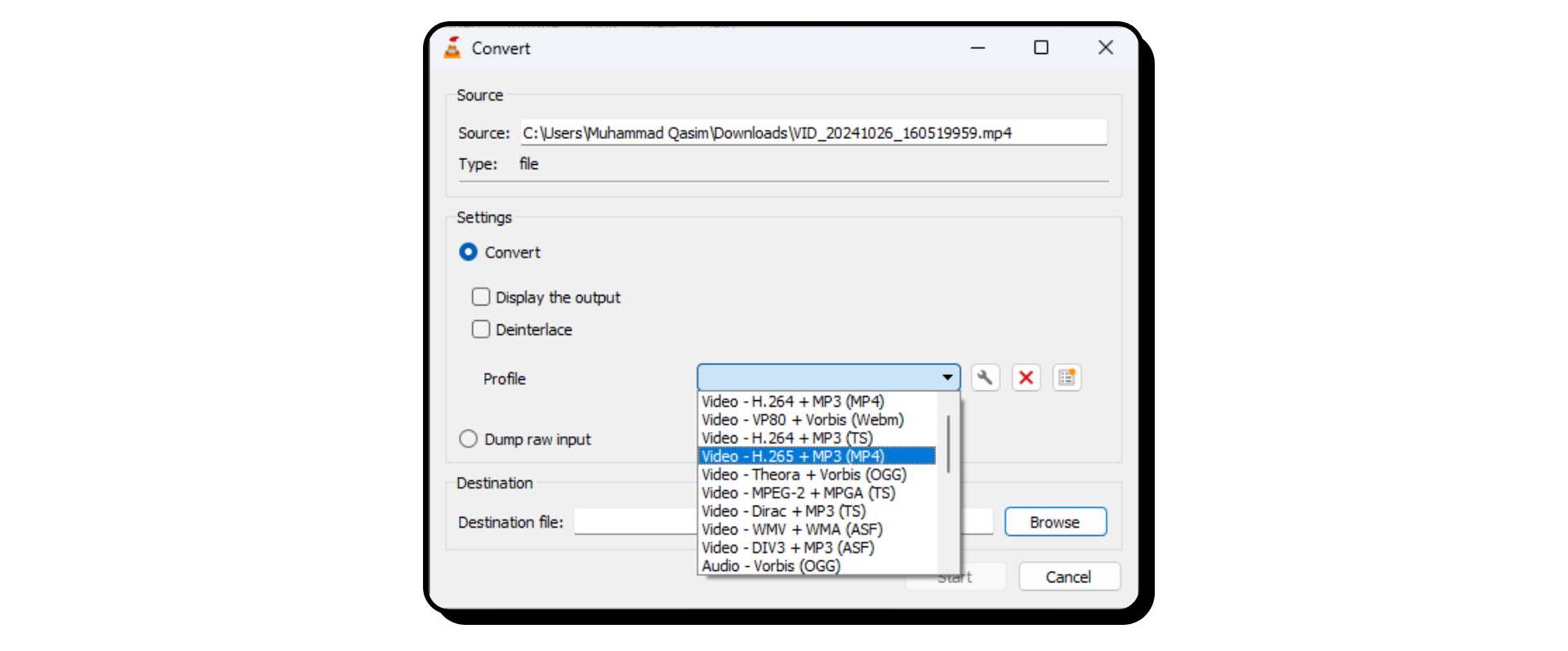
- VLC will begin converting your video to the selected format.
4. Look for Corruption Errors
If trying a different media player, installing the necessary codec, or converting the file to a different format doesn’t work, the video file itself might be corrupted. In such cases, the media player may not recognize the codec or file structure. You might need to replace the video file or consider using video repair software.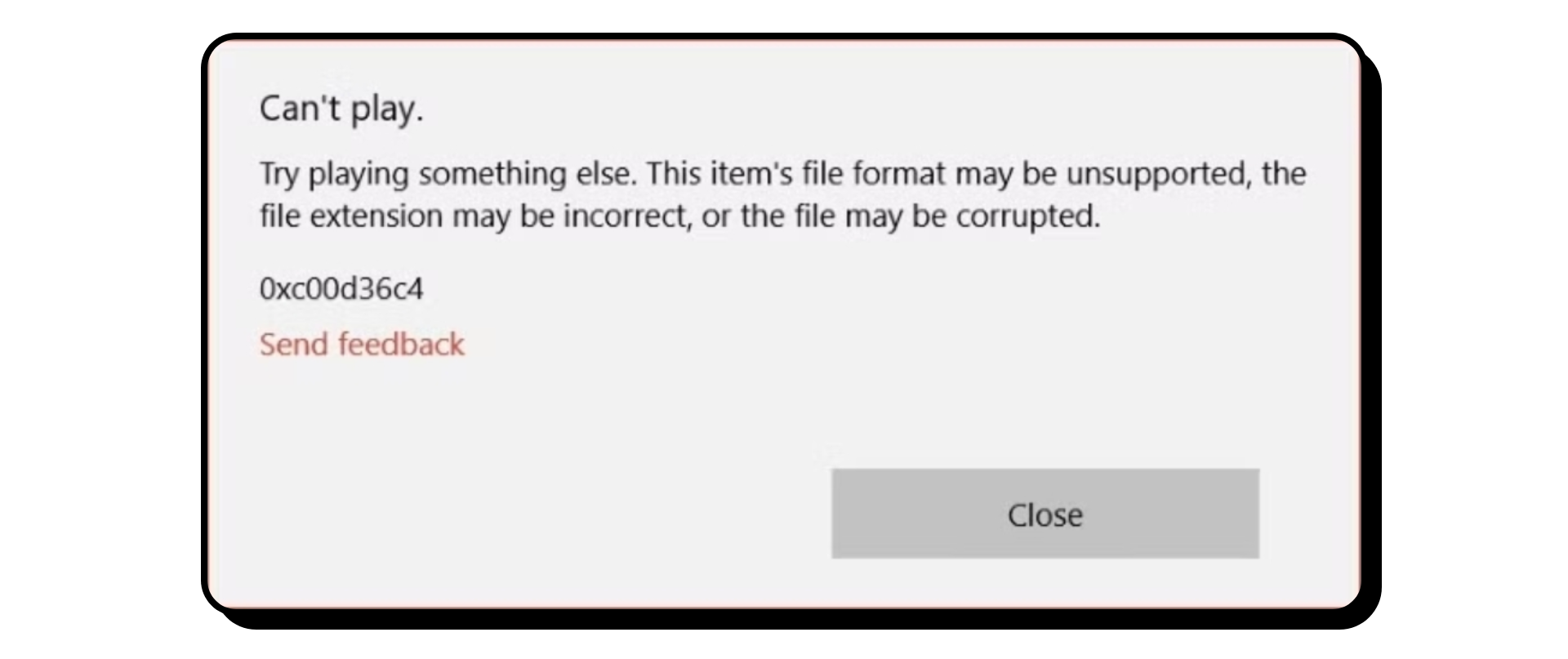
Watch for signs like choppy playback, frozen frames, audio-video sync issues, or a black screen to identify a corrupted video file. Because most video repair software can be unreliable and may pose security risks, we’re not specifying a particular one to use.
